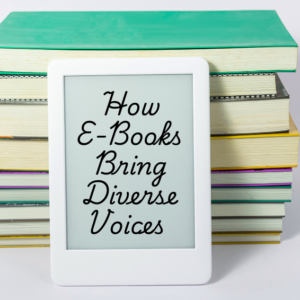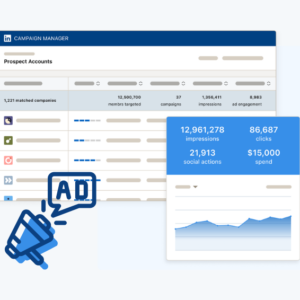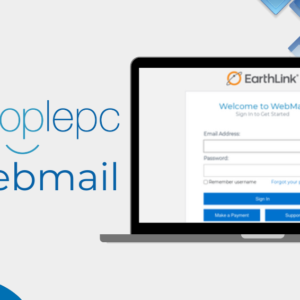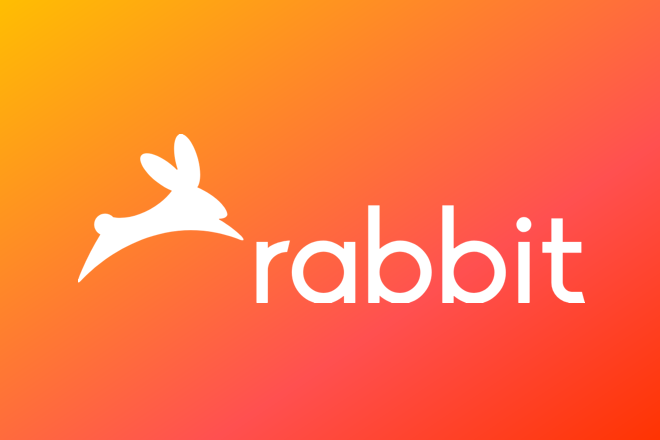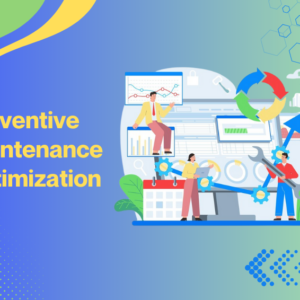Business-specific product enhancement of press releases occurs through artificial intelligence advancements which deliver data-oriented releases. AI-driven PR strategies allows organizations to target their audiences specifically while traditional PR approaches distribution in a generalized way. The system performs ongoing analysis of audience behaviors together with their preferences and interaction patterns. Businesses can create press releases which connect with precise audience groups through this capability.
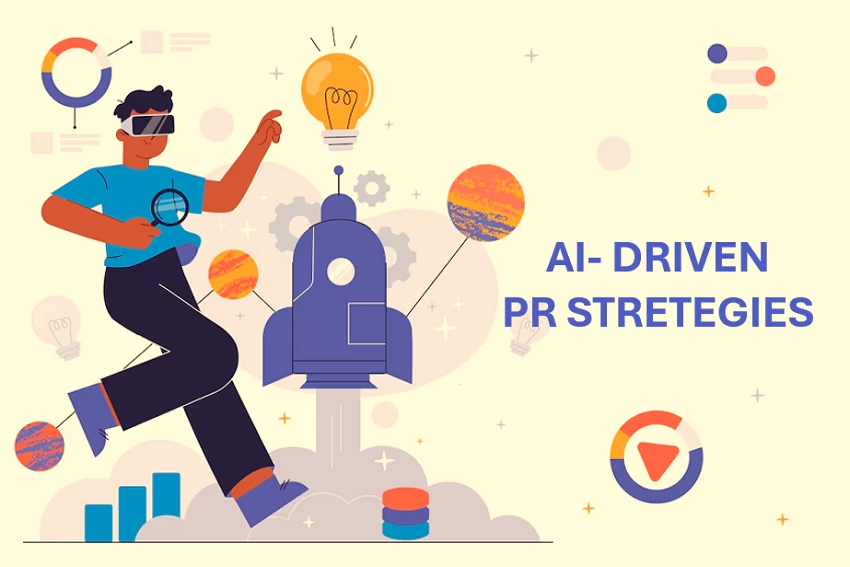
By processing consumer sentiment together with trending topics, the messaging process achieves better refinement. The AI systems provide recommended headlines along with keywords and formats which enhance the probability of increased visibility. Through machine learning algorithms previous performance metrics allow prediction of optimal distribution channels.
AI-powered monitoring services analyze media coverage together with audience responses at rapid speeds. Companies use AI-driven PR strategies for enhancing engagement results. A system of automated personalization functions makes press releases resonate with the individual characteristics of each recipient.
Using AI eliminates unpredictable methods which lead to enhanced operational efficiency and increased effects. Organizations can distribute information which suits their target market. This shift is transforming press releases from static announcements into dynamic ones with highly engaging narratives.
The Shift from Traditional PR to AI-Driven PR Strategies
Traditional public relations performed all its functions by using traditional manual methods besides conventional press release practices and media contact programs. Organizations needed to present their stories to journalists using generic information because they lacked understanding of reader data. Human intuition was the main factor for PR campaign success which reduced the effectiveness and extended the duration of campaigns.
The application of AI in PR has led to industry transformation because it allows organizations to base their decisions on data. Live data analysis of audience demographics together with audience preferences and engagement behavior enables businesses to create highly specific press releases. Machine learning tools enable teams to detect which journalists working for specific platforms will produce the best results at the most advantageous times for maximum effectiveness.
Through AI-driven PR strategies eliminate traditional standardized methods of PR operation. Improvements in content personalization and media headlining decisions and forecasting trends function through automated tools. AI analytics systems monitor PR results to deliver actionable findings about performance. The digital evolution has optimized PR campaigns by delivering better efficiency while making them trackable and resulting in increased visibility during an increasingly competitive online environment.
How AI Enhances Audience Targeting in PR
A well-targeted audience represents a fundamental element for PR success so AI has transformed the audience selection process. The traditional PR approach depended on group demographics together with assumptions leading to broad communication with minimal impact. The advanced data analytics and machine learning system in AI allows for audience segmentation based upon actual behaviors as well as user preferences and their recorded interactions that result in targeted precision.
Digital tools utilizing artificial intelligence evaluate enormous databases collected from social platforms and internet usage activities and search popularity data. The data enables the system to recognize recurring behaviors through which it can predict audience preferences and select optimal communication content for each targeted demographic. Artificial Intelligence tools enable businesses to create press releases designed for targeted groups that produce higher relevant engagement rates.
AI optimizes journalist and media outlet identification for outreach because it analyzes the audience alignment with previous media publication patterns of different outlets. The combination of AI-powered targeting allows businesses to deliver their PR messages to suitable audiences which leads to higher visibility levels while generating strong results.
Transforming B2B PR Strategy with AI
Through AI B2B PR, it has achieved improved targeting abilities of specific audiences. The system evaluates both industry trends and customer behavioral data and engagement data. The strategy assists businesses to produce press releases that match their audiences perfectly.
AI-driven audience segmentation organizes contacts through three categories: their specific interests, demographic affiliations and their historical communication responses. Press releases use this method to find appropriate individuals who produce meaningful effects in their field. Through AI-driven PR strategies receive improved results by predicting future media movement and audience interaction patterns.
Technology-powered tools help businesses find suitable journalists while choosing the most appropriate distribution platforms. Previous media coverage serves as their database to determine the most effective outreach methods. Businesses use automated insights to improve their messaging which enhances visibility and engagement results. The strategic use of artificial intelligence benefits B2B companies implementing public relations strategies. They can also make them impactful and data driven.
AI-Driven Content for PR Strategies
PR content creation receives substantial transformation through AI systems which handle writing functions and editing tasks and optimization work. The traditional PR process demanded prolonged research activities followed by drafts and manual revisions that created lengthy operations. Tools powered by artificial intelligence enhance the process through industry pattern analysis and audience responses and competitor plans that determine suitable topics and headlines and search terms to boost exposure levels.
NLP technology maintains the compelling audience-friendly nature of press releases and PR materials. Robotic tools optimize content quality through various features including readability enhancement and grammar corrections as well as engagement adjustments. Technology can create multiple press release versions which let business organizations adapt their messaging according to specific audience sectors and media platforms.
Platform performance evaluation depends on AI tools which conduct A/B testing to analyze different content formats. AI technology enables organizations to develop high-quality PR strategies based on data which effectively attracts their target audience while improving media relationship effectiveness.
Crafting a Sample PR Strategy with AI
The process of producing press releases becomes easier when AI performs essential operational procedures. The system begins by conducting market trend examinations of audience reactions which helps identify proper subject matter. AI platforms provide optimized headlines with selected keywords and specific formats to enhance discoverability.
AI tools enhance content quality through measures which improve both readability and audience engagement. The natural language processing technology verifies that content delivers the right tone for readers. Public sentiment analytics enables businesses to understand audience reactions when determining message adjustments that will appear in the distribution phase.
The final version is transmitted to AI modeling which identifies appropriate media outlets together with their journalists. The application of predictive analytics lets organizations determine the most advantageous moment for publication.
The engagement performance gets tracked by AI systems which offer immediate feedback during and after distribution. The press release performance benefits through data-driven evaluation because it improves both distribution scope and target audience connection results.
AI in Enhancing PR Strategies
The implementation of Artificial Intelligence technology allows PR organizations to establish automated media monitoring capabilities. The system provides immediate monitoring of industry news along with social media and breaking national and local news. Companies can detect new market trends through this system which lets them adapt their messages quickly.
AI technology applies targeted press release content generation according to different target audiences’ preferences. It analyzes engagement patterns to customize content based on reader interests. Machine learning tools suggest the best distribution channels and timing.
Predictive analytics improve targeting by identifying which journalists and platforms are most likely to engage. AI also refines messaging by assessing sentiment and audience reactions. These AI-driven PR strategies make press releases more relevant, increasing visibility and impact in a competitive media landscape.
PR Strategy Examples: AI in Action
Companies are using AI to make press releases more targeted and effective. AI analyzes audience interests and engagement patterns. This helps businesses craft personalized messages. Certain brands utilize AI to create tailored versions of press releases for various media outlets.
The system uses AI tools to determine which journalists provide the most effective coverage through past analysis and shown interest. AI-based tools implemented by businesses enable automation of follow-up procedures which leads to higher media response yields. The analysis of emotions helps communication adapt through immediate feedback.
The tracking capabilities of AI analytics monitor press release results through assessment of open rate performance and sharing activity and exposure metrics. Through these AI-driven PR strategies, businesses can strengthen their future to direct their press releases toward audiences who will generate significant engagement results.
AI-Driven Media Monitoring and Sentiment Analysis
Media monitoring has undergone a revolutionary transformation through AI because it enables real-time monitoring of brand mentions together with news coverage and audience sentiment analysis. The traditional PR approach depended on handbook tracking yet this method consumed extensive time and frequently failed to recognize significant data points. The combination of AI tools enables automated analysis of online news together with social media content and blog and forum activity which helps companies monitor public brand perception.
Machine learning and natural language processing (NLP) work together in sentiment analysis to assess audience emotional expression during their interactions. Through its analytical process AI identifies text mentions as positive or negative or neither which tells businesses about their campaign reception. The gathered insight enables companies to modify their messaging and solve potential crises as well as enhance their strategic engagement.
AI-based media monitoring systems alongside sentiment analysis allow businesses to maintain active reputation control and optimize public relations methods while guaranteeing message alignment with audience perspectives. Real-time monitoring leads to quicker brand responses and boosts trust in brands.
The Role of AI in Crisis Management for PR
AI serves as an essential component in crisis management operations because it provides time-sensitive monitoring together with immediate responses and strategic decision capabilities. Traditional PR functions relied on reactive crisis management because its observation was human based while information acquisition was slow.
The constant monitoring of AI-driven tools explores social media posts and news outlets along with online forums for recognizing developing issues before they intensify. Businesses gain an opportunity to properly handle their reputation by assessing unfavorable public sentiment and risks as soon as they emerge.
During times of emergency sentiment analysis technology enables brands to track public feedback toward their corporate actions. The instant understanding of stakeholder sentiment comes from AI analysis of their language choice and the way they communicate and their interaction levels. Through automated analysis PR professionals create informed responses that become effective tools to reduce the impact of the crisis.
AI performs crisis communication automation with its ability to create instant reports and provide strategic recommendations and deploy chatbots to handle customer inquiries. Businesses achieve fast responses through AI-driven crisis management which simultaneously safeguards their brand image and public trust when facing challenging circumstances.
Optimizing a Digital PR Strategy with AI
AI uses optimization techniques to help digital PR achieve better search engine results with its press releases. The system provides recommendations about both keywords and headlines and formatting methods which enhance discoverability. Online programs scan trending topics to maintain content relevancy for target audiences.
AI technology uses algorithms to determine the most suitable platforms that lead to maximizing audience exposure. The system uses engagement data to forecast optimal release times for content.
Real-time media query responses are digital PR enhancement provided by chatbots. AI-generated tools customize communication methods which lead to stronger audience connection. Social listening capabilities identify discussions online to create better future marketing tactics.
Database AI tools help businesses improve their digital PR strategies because they enable organizations to achieve better engagement and target outcomes.
AI and SEO: Boosting PR Visibility Online
SEOs today use modern AI to create content which boosts online prominence through optimized content procedures. Prior to search engine algorithms PR maintained its focus on media contacts and sending out press releases. Modern AI tools evaluate search data and user patterns and keyword metrics to optimize PR content so it achieves better search engine rankings thus expanding its audience reach.
Natural language processing enables text refinement by supplying keywords together with headers and meta descriptions during the text enhancement stage. AI technology provides businesses with successful topics and search term identification to help them align their PR activities with active digital interest. The method guarantees journalists along with influencers and prospective customers can effortlessly find your media content and press releases.
AI-based analysis helps businesses build links by identifying authoritative sources which leads it to suggesting the best link-building prospects. Current performance data from content allows users to obtain real-time analytics of engagement measurements as well as website rankings. Businesses benefit from AI-driven SEO strategies because they achieve stronger PR results and enhance organic traffic and improved online visibility.
The Future of AI in PR Strategy
The future of Artificial Intelligence in Public Relations strategy will become more data-oriented combined with high personalization and dynamic capabilities. PR professionals will experience enhanced productivity with advanced AI tools which create content automatically and improve media contacts while making more correct audience engagement forecasts. AI algorithms can improve messaging through analytical tools that check sentiment and current public trends while also tracking engagement so PR strategies stay current and effective.
The future of PR campaigns relies heavily on three emerging technologies which include AI-generated video content along with voice search optimization functions and deepfake detection solutions. Virtual assistants and chatbots powered by AI will improve on-the-fly communication with audiences which helps companies handle incoming press requests alongside crisis intervention systems better. Predictive analytics brings the ability for PR teams to forecast media trends which allows them to develop proactive strategies.
In the future AI platforms will achieve enhanced sophistication to create personalized public relations content which adjusts press releases for both media professionals and different target markets. Continuous advancements in machine learning as well as automation have made AI-driven PR strategies necessary for businesses aiming to stay ahead while boosting their brand reputation and increasing their media impact.
Conclusion
AI is changing how businesses create and distribute press releases by making the process more focused on data and personalization. AI-driven PR strategies help companies improve their messaging and reach the right audience. It tracks how well their releases perform in real time.
In the future, AI will bring better tools for predicting trends, understanding audiences, and creating content automatically. AI will keep improving how media targeting works, ensuring press releases reach the most relevant people.
Natural language processing enables text refinement by supplying keywords together with headers and meta descriptions during the text enhancement stage. AI technology provides businesses with successful topics and search term identification to help them align their PR activities with active digital interest.

